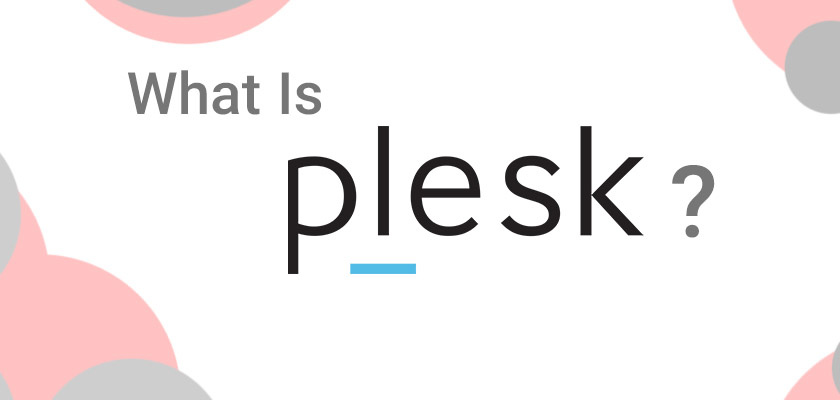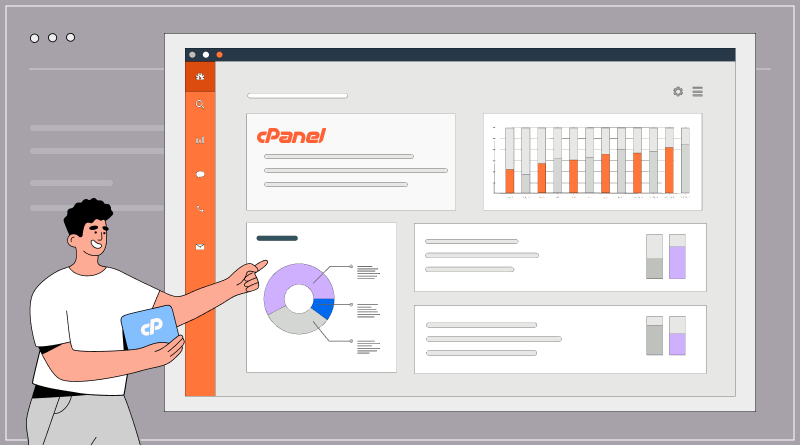How to rebuild your self-worth and rediscover your passions after a breakup?
Rebuilding self-worth and rediscovering passions after a breakup is a transformative journey that requires...
Navigating the Path to Healing: Strategies for Dealing with a Breakup
Experiencing a breakup can be an emotionally challenging and painful journey. It marks the...
Dropshipping, What Is It And How To Start A Drop Shipping Business
Dropshipping is a business model in which an entrepreneur sells products to customers without...
The Blueprint to Achieving $10,000 a Month: A Comprehensive Guide to Financial Success
Attaining financial independence and generating a consistent income of $10,000 per month is a...
The Rise and Fall of Saudi Arabia’s Linear City: A Historical Analysis
Saudi Arabia’s ambitious Linear City project was envisioned as a transformative urban development initiative...
Developing Problem-Solving Skills and Enhancing Adaptability: Unlocking Your Potential
Problem-solving skills and adaptability are essential qualities that empower individuals to navigate complex challenges,...
Strategies for Building Resilience and Maintaining a Growth Mindset
Building resilience and maintaining a growth mindset are crucial skills that empower individuals to...
Designing a Life You Love: A Comprehensive Approach
Designing a life you love is a deeply personal and empowering endeavor. It involves...
Mastering Comedic Techniques: Recommended Comedians and Comedy Specials for Study
Studying the work of seasoned comedians is an excellent way to gain insights into...
Mastering the Art of Humor: A Comprehensive Guide to Developing Your Sense of Humor
Humor is a powerful social tool that can break down barriers, foster connections, and...




















